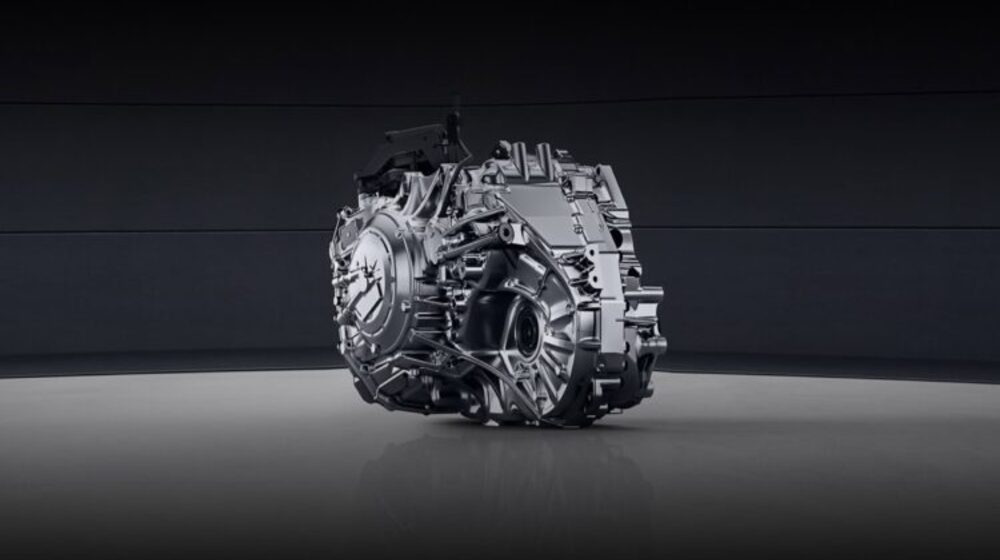
Chinese scientists have developed a plasma-based propulsion system that functions without any fuel or battery, which is a major development for clean energy innovation. While the prototype is currently aimed at aviation, researchers say the technology could potentially be adapted for use in ground vehicles, including cars, in the future.
No Combustion, No Emissions
Led by Professor Jau Tang at the University of Wuhan, the project presents an alternative to traditional engines by eliminating fossil fuels and onboard energy storage systems entirely. The engine creates plasma, an ionized state of air, using microwave energy.
The process involves compressing atmospheric air and exposing it to microwaves at 2.45 GHz, the same frequency used in household microwave ovens. This strips electrons from the atoms, forming plasma, which is then used to generate thrust. The system produces no emissions, smoke, or chemical byproducts.
Functional Thrust System
In early lab trials, the engine successfully lifted a one-kilogram steel ball vertically, demonstrating that plasma thrust can be generated without combustion or batteries. According to researchers, the system’s thrust levels could eventually match those of smaller commercial jet engines.
Though the current prototype is designed for aircraft, its core concept, using ambient air and electric waves to generate propulsion, could be repurposed for other transport applications, including future cars.
Plasma Technology Applied on Earth
Plasma propulsion has been studied for decades, primarily in space applications. What makes this system notable is its use of Earth’s atmosphere as the working medium. The key innovation is its ability to generate thrust under normal air pressure using microwave-powered ionization, which hasn’t been done before.
To operate on a larger scale, the engine would need a stable supply of high-voltage electricity, ideally from renewable sources like solar or wind. The absence of chemical fuel or battery storage makes the system attractive for zero-emission transportation.
Comparison With Hydrogen and Battery Systems
Hydrogen fuel cells and battery-electric systems are currently the leading alternatives to combustion engines. However, both present limitations. Hydrogen requires complex storage infrastructure, while batteries add significant weight and offer limited range, especially in aviation or heavy transport.
By eliminating the need for both, Tang’s plasma engine offers a third path for clean propulsion, possibly overcoming the drawbacks of existing green technologies.
Commercial Use?
Despite the promising results, the technology is still in the experimental phase. The current model requires continuous, high-voltage microwave energy to function, posing scalability challenges, particularly for larger aircraft or vehicles.
Researchers acknowledge that more development is needed before it can be used in commercial aviation or automotive sectors, but they view this breakthrough as an early step toward practical, emission-free engines.
